Rip Currents: How to Recognize, Escape, and Provide First Aid
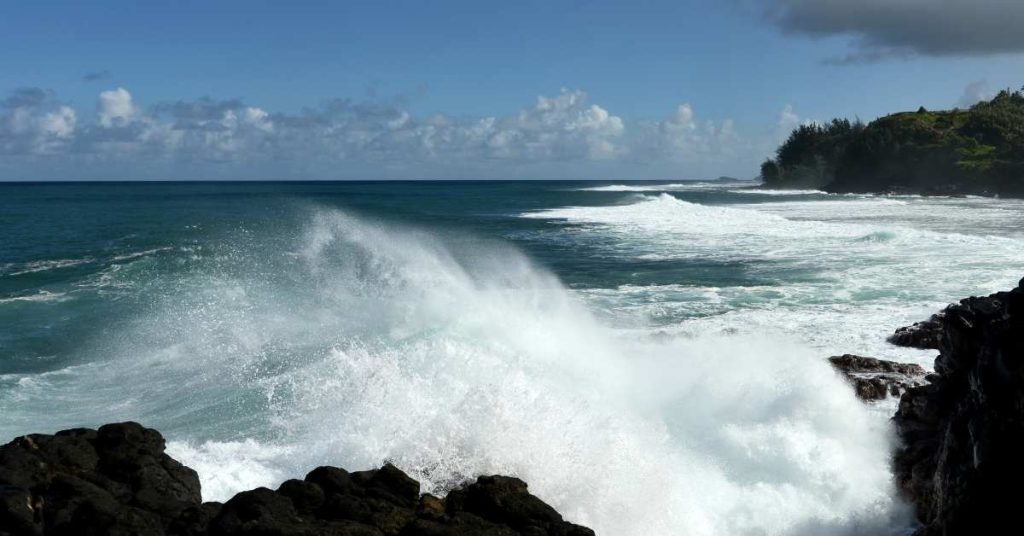
Rip currents, often mistakenly called “riptides,” are powerful, narrow channels of fast-moving water that can swiftly move outward from the shore, cutting through waves and traversing deep into the ocean.
Their strength and suddenness make them especially perilous, catching even the most experienced swimmers off guard. For those unprepared or unaware, a leisurely day at the beach can quickly turn into a life-threatening situation.
As these currents represent one of the most significant hazards on oceanic beaches worldwide, understanding their nature, and being prepared to deal with them, is not just a matter of having a pleasant beach day—it’s a matter of life and death. Hence, emphasising awareness and preparedness cannot be overstated, ensuring that beach-goers can recognise, respect, and respond to the power of rip currents.
Danger of RIP Currents
Rip currents are powerful, narrow channels of fast-moving water that flow from the shorelines out toward deeper waters.
Characterised by their distinct force, they can swiftly transport even the strongest swimmers away from the beach and into perilous marine territories. These currents form when waves break near the shoreline, pushing water towards the land. As this water accumulates, it needs to find a way back to the sea, leading to the creation of these concentrated outward flows.
Common locations for rip currents on a beach include areas near jetties, piers, and sandbars or gaps between reefs. They often appear deceptively calm and might seem like safe spots for swimming, making it crucial for beachgoers to be aware of their potential presence and to recognise their subtle signs.
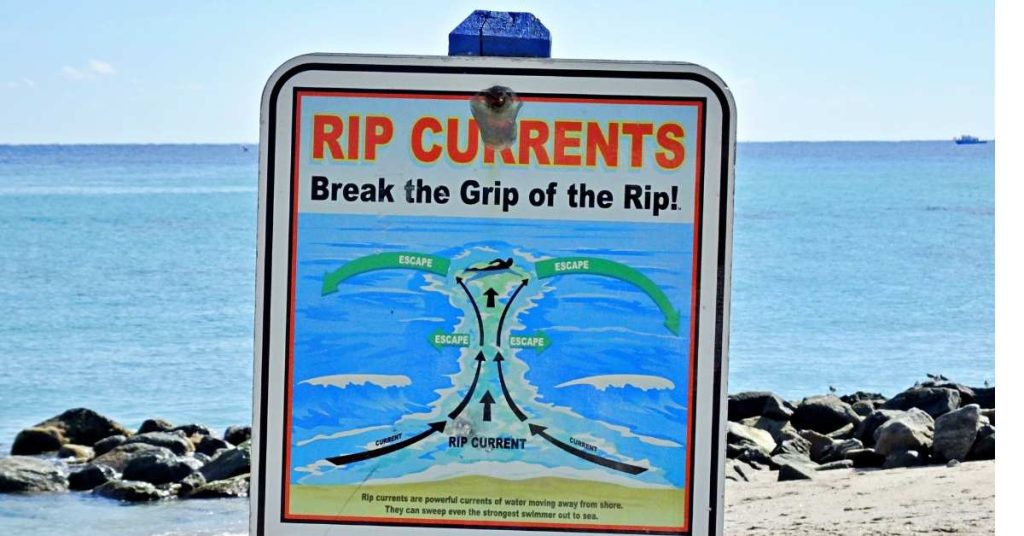
Recognising RIP Currents
Spotting a rip current is crucial for ensuring safety at the beach, but it often requires a discerning eye.
Visually, these currents can often be identified by a distinct difference in water color, typically appearing darker than their surroundings due to their depth. This deeper channel contrasts with the shallower, sand-filled water around it. Furthermore, an observable break in incoming wave patterns, where waves don’t break as consistently, can indicate the presence of a rip current.
One might also notice channels of churning, choppy water, which starkly differ from the smoother waters flanking them. Behaviorally, the swift seaward movement of foam, seaweed, or floating debris can be a telltale sign of a rip current’s pull.
Together, these visual and behavioral cues provide beachgoers with vital information, potentially averting life-threatening situations.
How to Escape from a Rip Current
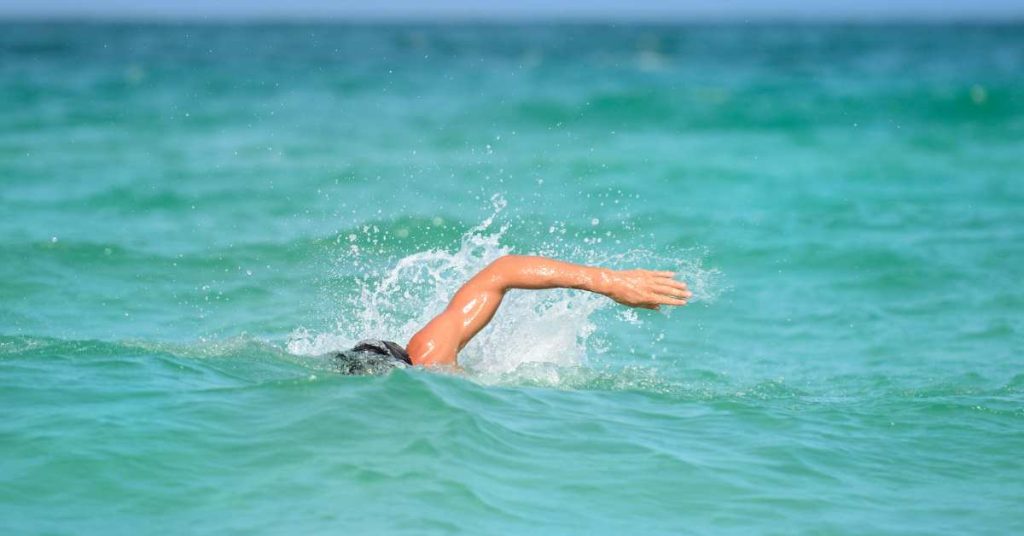
If caught in the grip of a rip current, one’s initial instinct might be to panic, but this reaction can be detrimental.
The primary response should be to remain calm and conserve energy; struggling against the current’s pull exhausts swimmers quickly.
Importantly, attempting to swim directly to shore is a common mistake; the power of the rip current usually far exceeds an individual’s swimming strength, leading to rapid fatigue.
Instead, the advised technique is to swim parallel to the shore, which typically allows swimmers to exit the narrow current and return to safer waters. If one finds it challenging to swim, it’s beneficial to float on their back and wave or shout to signal for help.
In scenarios where flotation devices, like boogie boards or floaties, are available, they can be invaluable assets, providing buoyancy and making it easier to stay afloat and visible until rescued.
Providing First Aid
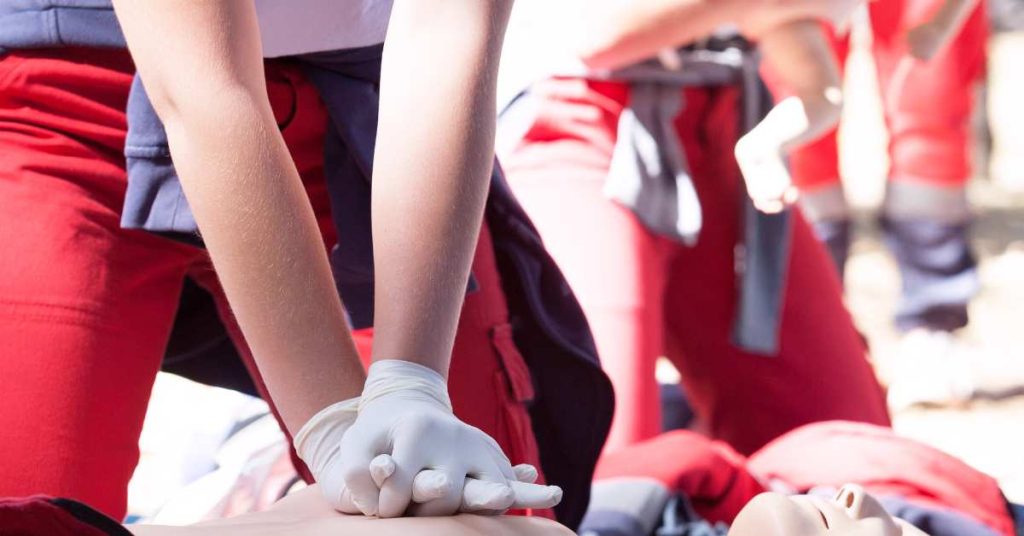
When providing first aid to rip current victims, the initial steps are crucial.
Start by ensuring your own safety; you can’t help others if you become a victim yourself. Once safe, assess the situation and the condition of the victim. Check for responsiveness and breathing.
If the victim is unresponsive and not breathing, begin CPR immediately.
If the victim is breathing, focus on treating shock, keeping them calm, and helping them breathe normally if they’ve inhaled water.
Call for professional help or emergency services promptly, as the victim may require medical attention beyond what you can provide.
While waiting for help to arrive, monitor the victim’s condition and provide reassurance. Bystanders can also play a vital role by signaling for professional help and ensuring others on the beach are aware of the situation.
Remember to take safety precautions to prevent additional incidents, such as warning swimmers of the rip current’s presence and alerting lifeguards if available.
Prevention
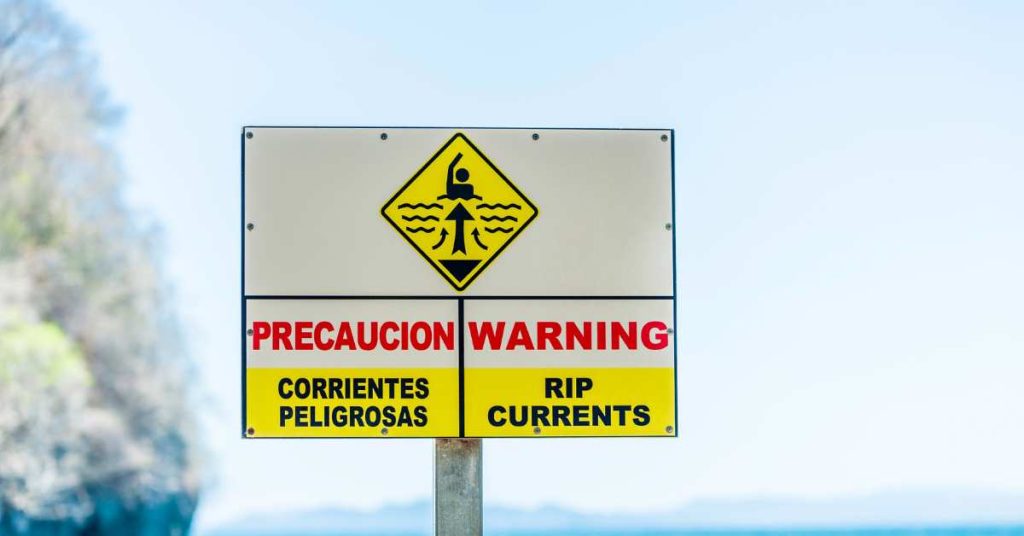
Prevention and education are the most effective ways to deal with the risks posed by rip currents.
Before venturing into the waters, beachgoers should make it a habit to check local beach forecasts, which often provide information about prevailing sea conditions and potential rip current warnings.
Opting to swim near lifeguard stations is another vital precaution, as this ensures that professional help is readily available in case of emergencies. Familiarising oneself with beach flags is crucial as these flags are universally used to indicate water conditions, with different colors signifying varying levels of safety.
Beyond individual measures, community outreach and education programs play a pivotal role in disseminating knowledge about rip currents. Through workshops, school programs, and public awareness campaigns, communities can equip their members with the knowledge they need to enjoy the beach safely and reduce the number of rip current-related incidents.

The First Aid Nest run public and workplace first aid courses, Australia wide.
Our workplace first aid courses can be run at your site.
Our public classes are here in Sydney and are the best option if you are an individual, a couple or a group
of just a few people.
Our sophisticated system will take the headache out of renewal for you too. Lose your certificate? No problem, just log in and download your certificate again anytime. We will also send you reminders about when your certificate is about to expire!
Book your spot or workplace with us today, contact us with any questions, or head to our FAQ page

